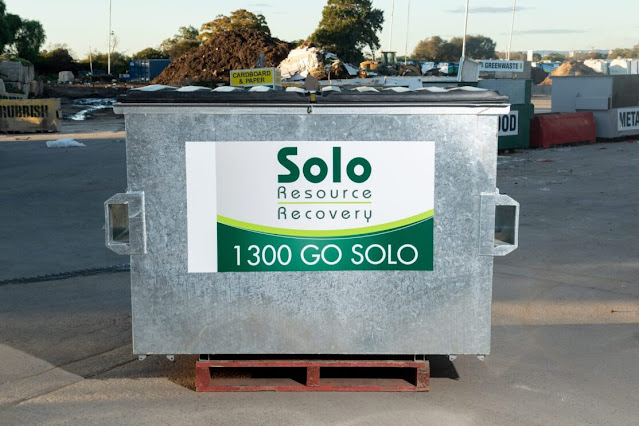The Hazardous Waste Items in Your Home You May Not Know About
Hazardous waste, without a doubt, has caused significant harm to human life and health. It is particularly challenging to treat hazardous waste compared to other types of waste that residential and commercial areas produce. This article is going to explore some of the major products used in daily life that can become hazardous waste. The characteristics of hazardous waste will be discussed first.
1. Corrosive
Hazardous
waste is corrosive, and this means that it has acids and bases. This type of
waste is capable of corroding metal containers, barrels and drums.
2.
Ignitable
Ignitable
hazardous waste can create fires in specific situations, sometimes
spontaneously. Some of the biggest examples of hazardous waste that are
ignitable are industrial solvents, engine oils, and some of the used oils from
factories. There are various test methods available to ascertain the
ignitability of a material.
3. Reactive
There
are some types of hazardous waste which are reactive, and these waste materials
are unstable under normal conditions. If not treated at the right time, these
types of waste can cause explosions, undergo violent reactions, and generate
harmful and toxic fumes, such as gases, vapors, or explosive mixtures. A
battery is a type of reactive hazardous waste that contains lithium and
Sulphur.
4. Toxic
Some
of the most widely known waste materials are toxic. This type of waste is
harmful and even proves to be fatal if ingested or absorbed. Any material, be
it heavy metal or a battery that contains lead and mercury, can be a good
example of toxic hazardous waste. It has been often observed that toxic waste
materials are disposed of irresponsibly on land. This can be extremely
dangerous, as contaminated liquids may leach from the waste and pollute the
groundwater.
The
Domestic Hazardous Waste You Did Not Know About
With
rapid commercialization, people have started consuming goods and services on a
higher scale than before. Gone are the days when people used to wait for days
to purchase a product. Today, if you have the budget and you wish to buy
something, you simply grab it. This has severely affected our environment and
suppressed sustainable development goals, and little is being done to rectify
this.
Let
us learn about some of the products around us that are hazardous.
Electronic
Waste
Although
it might sound like this is just yet another solid waste type, it is important
to categories e-waste under hazardous waste. This is because of the kind of
materials any electronic waste consists of. Examples of electronic waste
include television sets, mobile phones, desktops, laptops, and other important
scrap materials from electronic devices. The thing to note here is that these
e-waste products contain heavy metals that have large proportions of lead and
mercury, and therefore, this makes electronic waste a big part of hazardous
waste.
Garage
Waste
A
huge sum of money is spent by households on maintaining their cars, motors and
other types of automobiles. What is often ignored is the vast amounts of garage
waste that is derived from these maintenance activities. Engine fuels, diesel
fuels, engine cleaners, engine degreasers, flares, automotive body fillers and
brake fluid are parts of garage waste.
Home
Care Products
In
addition to the basic amenities, households spend thousands of dollars on home
maintenance products. Bleach, paint thinners, light bulbs, mercury
thermometers, electric switches, ammonia, and many other equivalent products
are part of the big problem called “hazardous waste.” Agriculture and garden
activities also require products like herbicides, pesticides, fungicides, and
insecticides among others. These products contribute to hazardous waste in a
great sense. Materials required for miscellaneous purposes, like chlorine,
muriatic acid, pool and spa chemicals, and propane cylinders are also good
examples of hazardous waste.
Australian authorities have taken up the issue of waste disposal seriously, and they have made several guidelines for the safe disposal of any kind of hazardous waste. If you wish to go for services related to industrial bins in Adelaide and hazardous waste disposal in Adelaide, you can contact the Adelaide Waste Recycling Centre (AWRC). The company has years of rich expertise in all areas related to waste management, and it is one of the most sought-after companies for services related to industrial bins in Adelaide. It has also been recognized for its comprehensive approach to hazardous waste disposal in Adelaide. It accepts all kinds of hazardous waste items like batteries, chemicals, coolants, fire extinguishers, fluorescent tubes, gas bottles, herbicides, oils, paint materials and pesticides. If you have any questions, you can call them directly.




.jpg)
Comments
Post a Comment